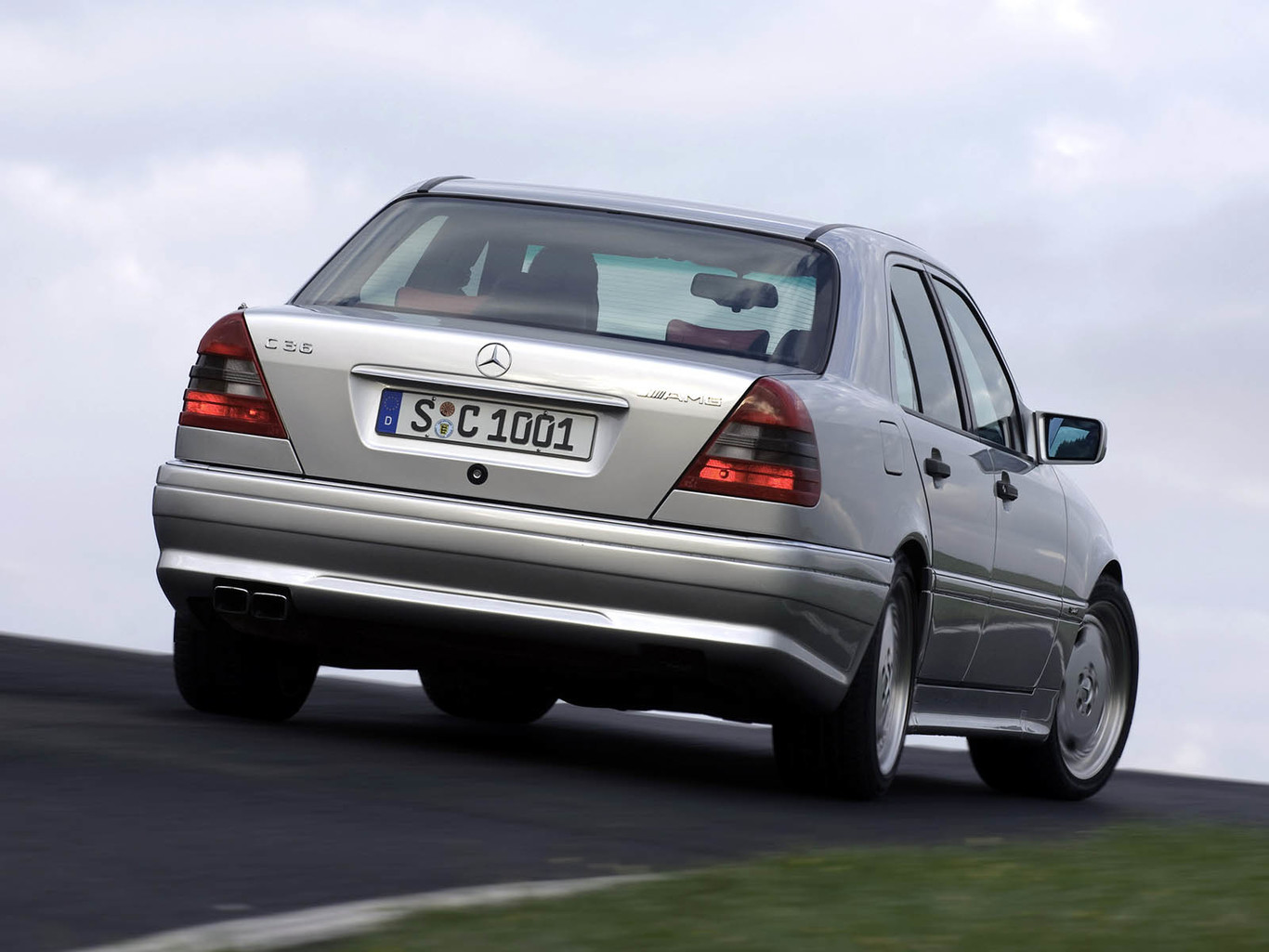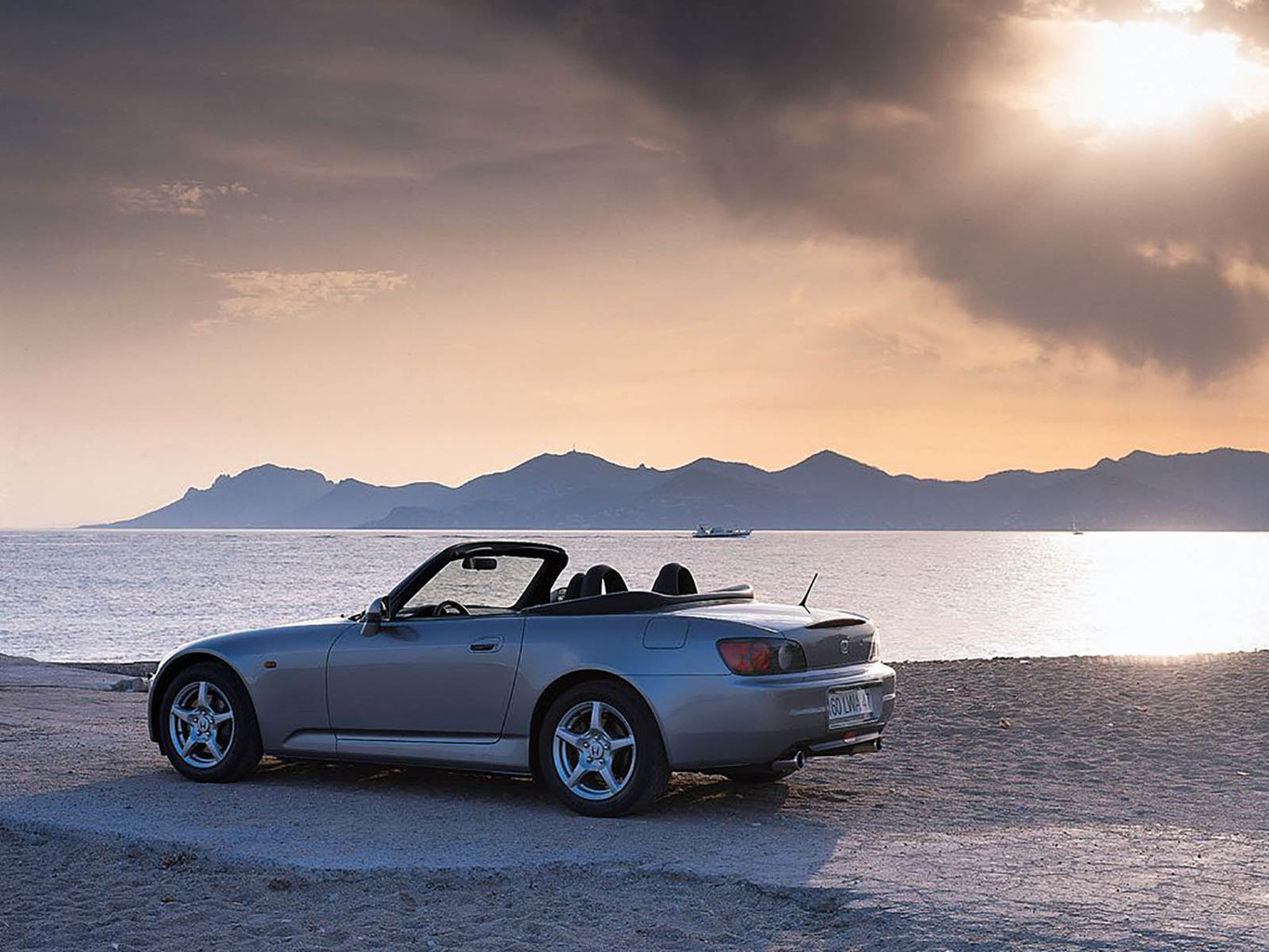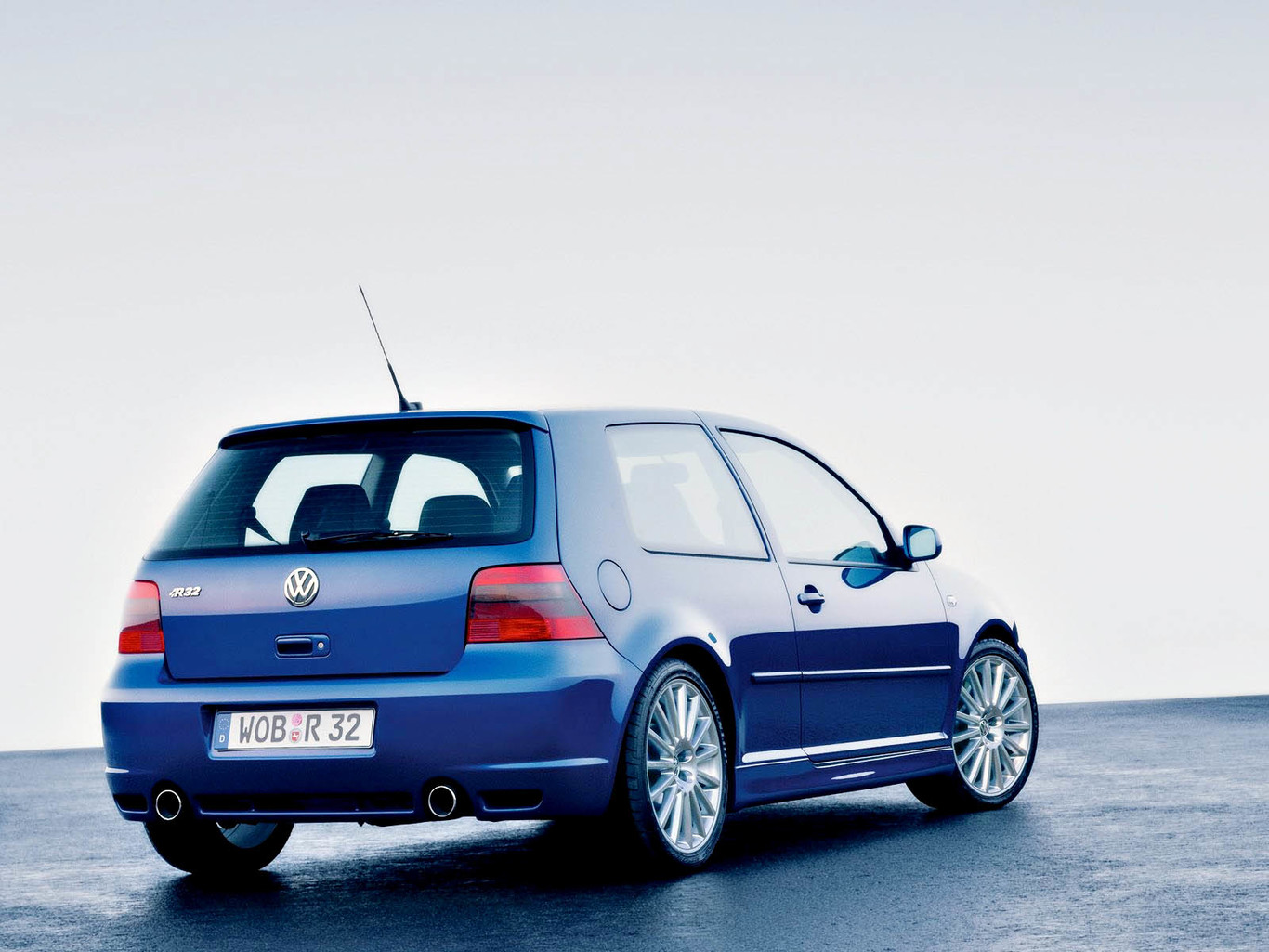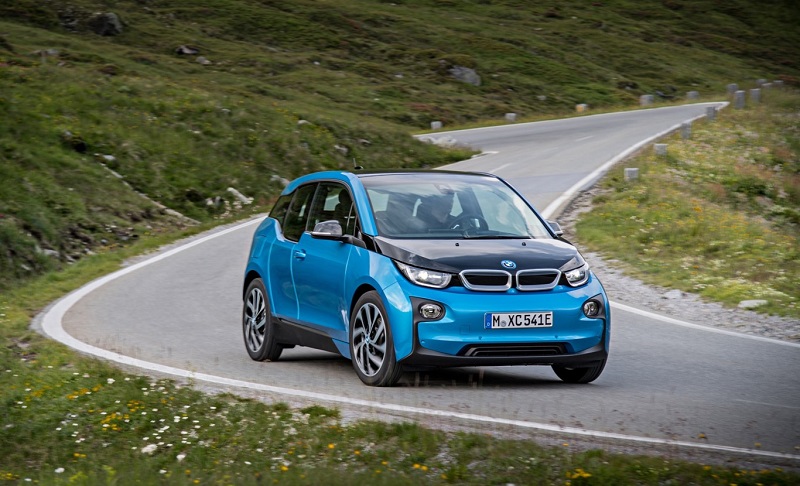To all of us who like cars, we often like models that, in the case of most, we cannot afford. It’s not that we like them because they are expensive, but because of how they are, how they go and sometimes because of an intangible emotional factor. That new ones are expensive is, for us, a defect. Although some opportunity there is, especially if we look at the price / power ratio.
Luckily, there is the second-hand market. Where the depreciation of these models, whose clientele of the new market usually always want the latest model, makes that on occasion cost less than a Volkswagen Golf TDI. And this is our small selection of classic futures that you should buy and experience now, before they revalue and become inaccessible again.
The idea is rather to enjoy a car that is fun to drive, powerful or simply luxurious for a very reasonable price – between 10,000 and 30,000 dollars – and after a while sell it without having lost a single dollar thanks to its revaluation, or even end up making money. In any case, to save on maintenance costs and not on maintenance itself, there are multitudes of specialized and independent workshops that do the same (and sometimes better) work than in the brand’s own network, but at a lower price affordable.
Our selection includes still relatively simple models in their maintenance, unlike more luxurious and powerful models (Mercedes-Benz CL 63 AMG, BMW 850 CSI, etc.) and in many cases are real bargains. Of course, think that some maintenance will have to be done, nor do you expect them to be a hit with the Ferrari that 10 years later has already doubled or tripled its value (and do not believe that the Ferrari sell so easily, can happen months and months before placing a unit).
Remember that it is only a small selection and there are many more models out there that are likely to fall into this category. Obviously, some models are still affordable, but having started their upward trend we do not include them, such as the Porsche 911 Turbo type 996 (from 415 to 450 hp, depending on the version). Two or three years ago, you still found them for 40,000 dollars, today a unit in good condition is already around 60,000 dollars.
Conversely, other models that have gone down a lot of price still have a downward margin. For example, the outgoing generation of the Aston Martin V8 Vantage. The first units (385 CV and manual change) are around 40,000 dollars, but think that this generation of Vantage is the best selling Aston Martin in history (25,000 units in 12 years) so supply, there is. And now that the new generation with V8 biturbo AMG arrives, more models of the previous one are going to reach the market. And that will make the price continue to fall still.
Finally, some models that are currently priced, such as the first generation Porsche Boxser, will end up revaluing in the long run, but where it will really be noticed in special editions, such as the 2004 Boxster S 550 Spyder, made in tribute to the Porsche 550 Spyder of 1953, and of which 1953 units were manufactured.
You may also like to read: The 12 cars and key concepts of the Paris Salon to glimpse the future engine
Audi RS4 (B7)

The Audi RS4 of the B7 generation (2006-2008) marked a before and after in the family of sports Audi. Equipped with an atmospheric 4.2-liter V8 and 420 hp (associated with the inertial traction, this RS4 was the first sports Audi whose dynamic behavior was at the height of the BMW M3.) The RS4 was not only fast, it also took curves as well (or better) than the M3, no longer had a tendency to go nose and sometimes it seemed that you were at the wheel of a rear-wheel drive (the default torque distribution is 40% in front and 60% behind).

Available in three body styles, Saloon, Avant and Cabrio, the most affordable currently is the saloon (7,653 units manufactured), but for a bit more, the Avant body (5199 units) will ultimately be the most sought after. The Cabrio is very rare, as only 1,503 units were manufactured in total and its price is already at much higher levels.
Audi RS6 Avant (C5)

When the first generation of Audi RS6 hit the market, in 2002, only two other models had the initials RS : the RS2 made in collaboration with Porsche and the RS4, equipped with the V6 2.7 biturbo. Both were only available with the Avant family body and although the RS6 was also offered in saloon body, the one that interests us and will be revalued is the RS6 Avant.

True to tradition, it exhibits a body with flared fins, bumpers with huge air intakes and the versatility and versatility of an A6 Avant TDi, except that under the hood is an atmospheric V8 of 4.2 liters, developed in collaboration with Cosworth and associate at a change Tiptroncia and Quattro integral traction. The V8, which goes up to 7000 laps, delivers 450 hp, enough to cover the 0 to 100 km / h in 4.9 seconds.
Mercedes-Benz C36 AMG

The Mercedes C36 AMG is a key model in the history of Mercedes-Benz and AMG, as those who started as tuners 50 years ago (you can read the whole story here) and leading to victory in competition a huge Mercedes 300 SEL 6.8 AMG in 1971 (this was their feat), they reached a collaboration agreement with Mercedes-Benz in 1990. Beginning in 1993, the AMGs would be available throughout Mercedes’ commercial network. The Mercedes-Benz C36 AMG was thus the first AMG marketed by Mercedes-Benz itself.

The C36 AMG is a bit of an exception to the delicious obsession that AMG seems to have with the V8. It equips an atmospheric 6-cylinder 3.6-liter in line of 280 hp associated with an automatic change of 4 relations (from 1993 to 1996) and subsequently of 5 relations (the 4-speed automatic has a greater reputation for reliability). With a 0 to 100 km / h in 6.6 seconds is a fast car, but that cannot rival the M3 E36. The C 36 AMG offers comfort, efficiency and performance at the same time as a softness of unusual use. From 1997, the C36 was transformed into C43 AMG by swallowing the 4.3-liter V8 and 306 hp of the E-Class. It’s an even rarer and more exclusive model.
BMW M3 E36 (1992-1999)

The BMW M3 E36 hit the market in 1992 with a 6-liter 3.0-liter inline engine associated with a manual gearbox (the SMG sequential automatic transmission was optional) and rear-wheel drive. Its chassis set as the benchmark for sports coupes and in 1995, BMW finished the move by taking the 6 in line to 3.2 liters and 321 HP which gave a 0 to 100 km / h in 5.5 seconds.

Available in coupe, cabrio and saloon the difficulty today will be to find a unit in the state of origin. And it was one of the favorite models in the great time of tuning. If you come across a model prepared by AC Schnitzer or Hartge, you can take the step, but if you find one of those that were filled with putty and fiberglass, you may return it to its state of origin more expensive than a M3 E46. Of the three bodies, the cabrio will be the most expensive, followed by the coupe (the most sought after). The saloon never convinced and there are very few units circulating.
Honda S2000

In the recent history of Honda, the nipone firm has two iconic models: the NSX and the S2000. The NSX has already taken off and it is rare to find a unit in good condition that goes below 40,000 dollars and goes up. The Honda S2000, however, is still at the bottom of the wave. The recipe of the S2000 is simple and at the same time tremendously effective. Engine in longitudinal front center position (hence the long hood), rear-wheel drive, manual transmission and an ideal weight distribution of 50/50. But the S2000 is also a motor as they no longer do.

It is a 4-cylinder atmospheric 2.0-liter 16-valve 240 hp capable of climbing up to 9,000 laps, but that will only give the best of itself to those who know how to drive. And is that the torque, life, does not reach almost 6,000 laps. Before, it is a normal engine. A dynamic level was the reference: forms part of the car, grabs the road and pulls to the apex of the curves just look at them thanks to an ultra-fast and precise direction. In Dollarpe, it was a commercial failure, but the advantage is that most of the units remain of origin, while in the United States it is the reverse.
Maserati 3200 GT and Coupé

The story of Maserati with its audience is love-hate. Even the most inveterate fans of the brand have some bad experience with some of their cars. It is something especially true for the models of the era of Alejandro de Tomaso. After putting Maserati under the umbrella of Ferrari (although now at the accounting level to fly again alone) the quality and reliability of the models has improved. And it all started with the 3200 GT.

Designed by Giugiaro, with some characteristic riders in the shape of a boomerang, this 4-seater coupe has something of Ferrari in its conception, but it is still an authentic Maserati. Even the engine is a Maserati. It is a V8 biturbo of 3.2 liters and 470 CV associated with a manual change of 6 relations that sends the torque to the rear wheels. It covers 0 to 100 km / h in 5.4 seconds and reaches 280 km / h. It’s fast and with character, not everyone will know how to get the best out of this car in sports driving.

And for those who want a piece of Ferrari at an affordable price, in 2002 came the restyling of the 3200 GT and was renamed “Coupé”. The pilots were lost in the form of a boomerang, but they won under the hood an atmospheric V8 of 4.2 liters and 390 HP related to the Ferrari 360 Modena. The performance improved a bit (0 to 100 km / h in 5.2 s and 285 km / h), but above all it won an inimitable soundtrack.
Bentley Turbo R

The Bentley Turbo R was sold at the same time as the Mulsanne Turbo for a short period of time, but in 1985, when the Mulsanne stopped being manufactured, the Turbo R remained in the catalog until 1994 thanks to constant updates. Under the hood, obviously, a V8 of 6.75 liters is hidden, as the tradition dictates, and turbocharged.

The power would be around 300 HP and torque 678 Nm. And then, Bentley was owned by Rolls-Royce and the venerable English brand never unveiled the power of its engines. If you asked, they would answer: “enough”. And in the case of the Bentley Turbo R the power was a “sufficient plus 30%”. Driving a Bentley before the Volkswagen era is another story. The V8 offers a torque worthy of the current AMG that allows that English salon accelerate from 0 to 100 km / h in less than 7 seconds.

From our selection, it is the only model whose maintenance can be complex. In this case, more than ever, it is important that the model has a complete and verifiable history. Thus, models of less than 15 or 18,000 dollars usually have many problems and it will cost you as much to fix them. A car with daily maintenance is better, even if it is closer to 30,000 dollars, than simply looking at the bargain in the purchase price.
Volkswagen Golf R32

The Volkswagen Golf GTi fourth generation was not the success that Volkswagen expected. And is that a part of the clientele missed the Golf III VR6 174 HP. What should be the bourgeois model of the range became the favorite model of the petrolheads. The Golf IV had in its range the V6 4Motion (actually, a VR6 with Haldex all-wheel drive), but it was seen as a luxury model, not sporty. For the most radical, Volkswagen will launch the Golf R32.

Equipped with an unobtrusive body kit, 17-inch wheels and König baquets, the Golf R32 visually impacted upon its arrival on the market. But the real impact was under the bonnet: the 6-cylinder VR6 3.2-liter 241 hp associated with a 6-speed manual gearbox or 6-speed DSG and Haldex all-wheel drive. It dipped the 0 to 100 km / h in 7 seconds – a reasonable number – but its effectiveness in twisty terrain reserves a hole in the hearts of all Golfs fans.


